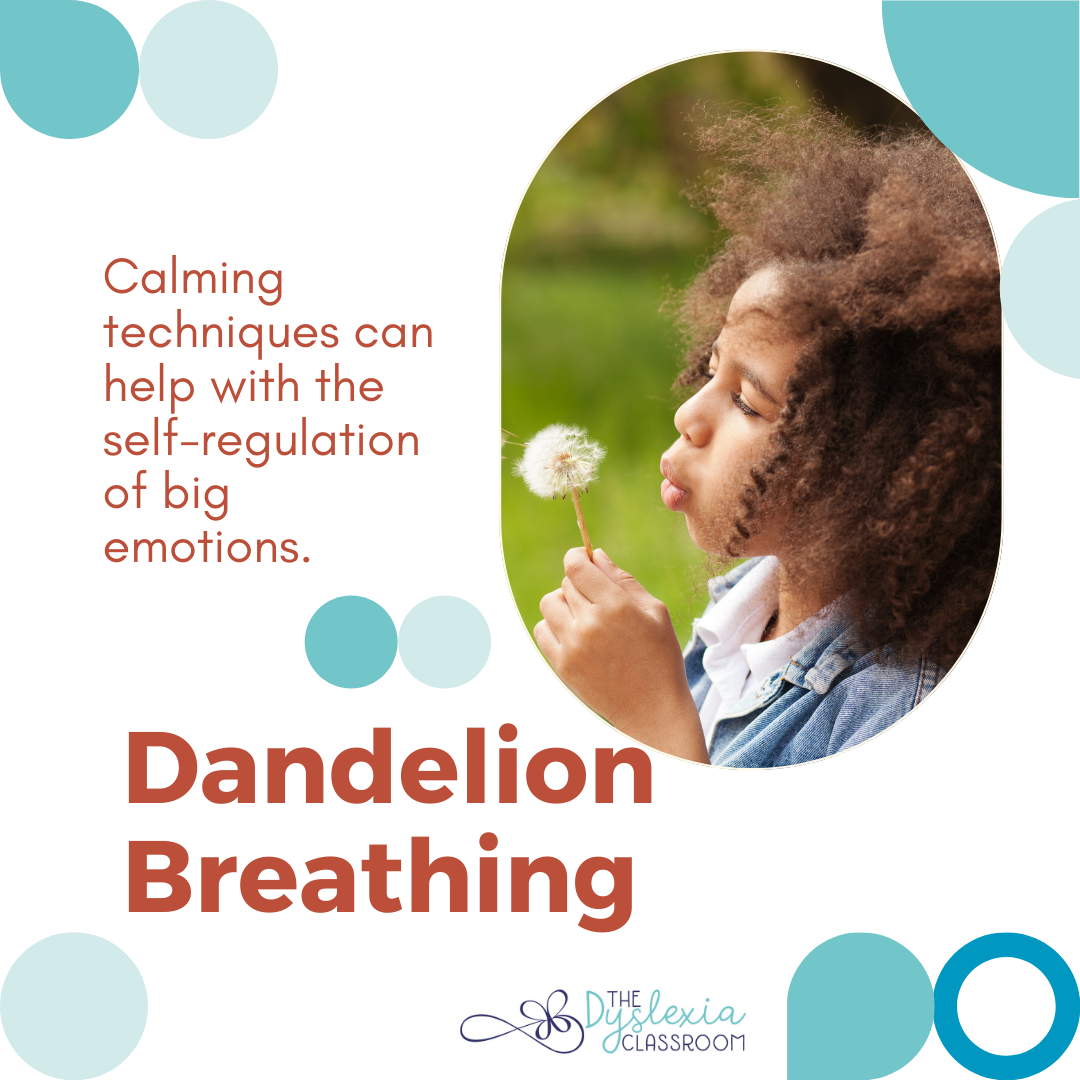How to Help Students with Reading Stress and Anxiety

When our children enter school, it is often filled with excitement and a desire to learn. Children, their families, and teachers begin their journey into education with the idea that reading will be unlocked as the lessons unfold. This reminds me of one of my favorite books, Thank You, Mr. Falker, by Patricia Pollacco. The book's family gathers around a little girl as she is about to embark on her year in kindergarten and shares how she will learn to chase knowledge through the pages of books.
Reading is ingrained in us at a very young age with great importance. We know this is true for many reasons, but the student struggling with acquiring this skill may begin to feel anxiety and stress surrounding their struggles to unlock the words on the pages.
These students see their peers choosing chapter books while they are still reading from an assigned book basket. They recognize that their peers complete writing assignments when they have just gotten their ideas organized. They may not understand why reading is such a challenge for them. In response to this, there may be many times throughout the day when they feel their stress levels rise.
Having years of working with students that have experienced a great deal of struggle and failure, I know that they often bring big emotions with them. As a parent, I know that our children usually keep their big emotions for those they feel safe with. It doesn't make it easier, though. So, what's a parent, caregiver, or educator to do? The quote from L.R. Knost, "When little people are overwhelmed by big emotions, it's our job to share our calm, not join in their chaos." is one that I keep at the forefront of my parenting and teaching.

When we step back, keep calm, and not react with emotion, we can reflect on what is happening and determine if stress or anxiety is a compounding factor. The definition of anxiety is the worry about what might be, while stress is the reaction to what is. Stress can be used to motivate us if we have the mindset to view the task as a challenge. However, repeated failure or feeling like no matter what you do or how hard you try, the outcome will remain the same can cause a negative response of retreat or shutting down. Students with dyslexia may be more prone to anxiety as vast negative experiences can erode self-esteem and shift one's perspective.
For a dyslexic student, stress and anxiety may occur at different points of the day.
How can we help our children navigate these emotions?
- Talk about dyslexia, ADHD, & other learning differences with your child/student. We can talk with our children about their unique and wonderful brain and how their brain learns best. Students with dyslexia, when feeling supported, will know what value they bring to their world. It helps them to understand that dyslexia does not define them and that there's no ceiling to what dreams they can achieve.
- Acknowledge that what is difficult can empower us IF we shift those emotions to moving forward and focusing on what we can control. A simple activity that you can do with your child/student is to have your child sit with you and list those things that are causing stress or anxiety. Create two circles, one for what we can control and one for what we can't. Then, discuss and place the items from the list into each circle. When children become upset, revisit the chart and determine if this is something within our control or not, and come up with a next step.
- Check-in daily with your child by asking open-ended questions, specifically about parts of the day that were great/challenging. My friend introduced me to this family routine that he calls the" Pit and Peak" of the day. My family has taken this idea and made it a daily conversation at dinner. Each person shares the "peak" or highlight, a "pit" or low part or something that may have been troubling or stressful, and something that makes us grateful. I have expanded this practice into my lessons. It provides a relaxed opportunity to build relationships, metacognition discussions and reflective practices, and conversations with students in dyslexia therapy sessions.

- Help combat myths surrounding dyslexia by spreading knowledge. For students with a language-based learning disability such as dyslexia, the classroom teacher's knowledge, understanding, and approach can make all the difference in the world. Read more about dyslexia in the classroom HERE.
- Be careful not to compare siblings, classmates, etc. We are all unique individuals with strengths and areas to grow. When we honor each child's path, we can help build relationships, guide with reflective practices, and support learners on their journey.
- Anticipate situations of high stress (reading at church, being asked to write on a poster, etc.) and come up with a plan with your child/student beforehand.
- Guide your child in self-advocacy skills. Metacognition, or thinking about your thinking, is part of the path to strong advocacy skills. Guiding students in understanding their thinking, participating in the reflective process, and creating plans for moving forward is part of this process. You can read more about it HERE. You can also listen to my conversation about metacognition on the Together in Literacy podcast, episode #4, HERE.
- Highlight your child's strengths. Take time to highlight and discover strengths in your child/student that are often overlooked or unseen in the traditional school day. Use this time to bring back that focus and build their self-esteem. This is one approach that I feel is incredibly important for our dyslexic children. The silver lining here will be how we respond as parents to this shift in educational systems.
What if my child/student is upset?
Helping our children find techniques to calm themselves when feeling overwhelmed can help them eventually self-regulate their big emotions.

One technique that my little ones find helpful is dandelion breathing. This simple breathing technique can be calming and done without bringing attention to oneself.
- Dandelion breathing is when you slowly exhale as if blowing the seeds from dandelions and extending that breath to make the seeds float far away. This breathing technique has been beneficial for all of us. We usually do this five times. Now that my children are familiar with this technique, I ask them to give me five dandelion breaths before talking when upset or stressed.
Tips for introducing calming breathing to your child or students:
- Explain the benefits of calm breathing (slows our heart rate, gives us a moment before we respond, etc.) and how it differs from when we breathe when we are upset (fast-paced, heart racing, etc.).
- Let your child see you use the technique when you are stressed.
- Guide your child through the breathing technique and talk about how they feel afterward.
Fostering our children's social and emotional development is a key component of my practice with my clients and their families. I would love to connect with you via social media or email to help you navigate the emotional journey that accompanies dyslexia.
Questions? Let's continue this discussion by reaching out to me HERE. Ask and breathe. I am here for you!
Casey

This information is the intellectual property of @2016 The Dyslexia Classroom. Do not use or repurpose without expressed permission from The Dyslexia Classroom. Please give The Dyslexia Classroom an attribution if you use, reference, or quote/paraphrase copyrighted materials. This includes but is not limited to blogs, social media, and resources.



